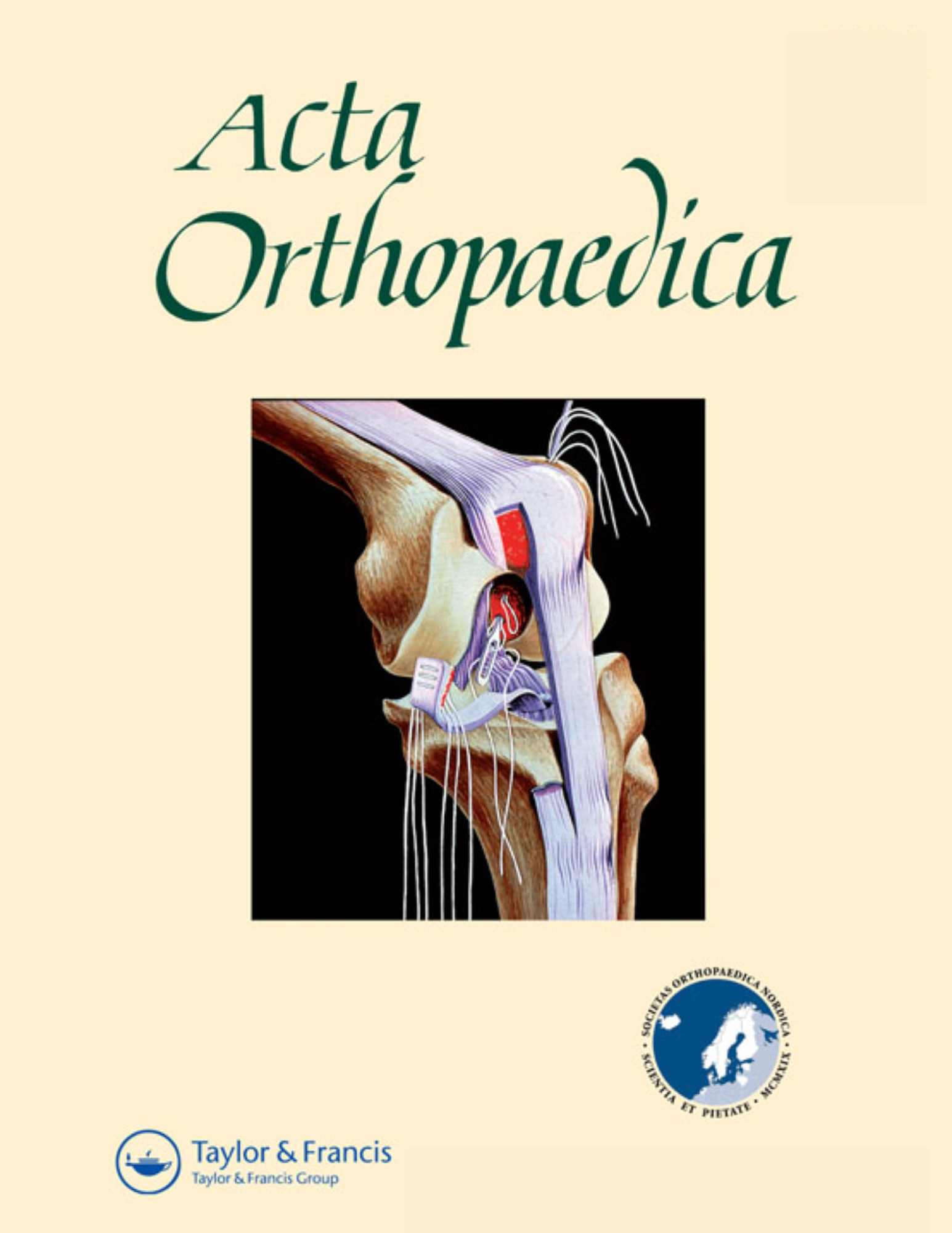
Prolonged use of Dalteparin for thromboprophylaxis not effective in reducing DVT incidence

Prolonged use of Dalteparin for thromboprophylaxis not effective in reducing DVT incidence
Prolonged thromboprophylaxis with Dalteparin during immobilization after ankle fracture surgery: A randomized placebo-controlled, double-blind study
Acta Orthop. 2007 Aug;78(4):528-35Did you know you're eligible to earn 0.5 CME credits for reading this report? Click Here
Synopsis
272 patients undergoing surgery for ankle fractures were included in this study. All patients received 5,000 U Dalteparin subcutaneously (once per day for 7 days) starting the day after surgery. Then, patients randomized to the intervention group received 5,000 U Dalteparin, and patients randomized to the control group received placebo, for 5 weeks. Patients received treatment drugs after surgery while their lower limb was either immobilized in a plaster cast or orthosis. The results following the immobilization period indicated no differences between the two groups with respect to the incidence of deep vein thrombosis (DVT). Prolonged use of Dalteparin as a method to prevent venous thromboembolism should be considered with caution.
Was the allocation sequence adequately generated?
Was allocation adequately concealed?
Blinding Treatment Providers: Was knowledge of the allocated interventions adequately prevented?
Blinding Outcome Assessors: Was knowledge of the allocated interventions adequately prevented?
Blinding Patients: Was knowledge of the allocated interventions adequately prevented?
Was loss to follow-up (missing outcome data) infrequent?
Are reports of the study free of suggestion of selective outcome reporting?
Were outcomes objective, patient-important and assessed in a manner to limit bias (ie. duplicate assessors, Independent assessors)?
Was the sample size sufficiently large to assure a balance of prognosis and sufficiently large number of outcome events?
Was investigator expertise/experience with both treatment and control techniques likely the same (ie.were criteria for surgeon participation/expertise provided)?
Yes = 1
Uncertain = 0.5
Not Relevant = 0
No = 0
The Reporting Criteria Assessment evaluates the transparency with which authors report the methodological and trial characteristics of the trial within the publication. The assessment is divided into five categories which are presented below.
2/4
Randomization
4/4
Outcome Measurements
4/4
Inclusion / Exclusion
4/4
Therapy Description
4/4
Statistics
Detsky AS, Naylor CD, O'Rourke K, McGeer AJ, L'Abbé KA. J Clin Epidemiol. 1992;45:255-65
The Fragility Index is a tool that aids in the interpretation of significant findings, providing a measure of strength for a result. The Fragility Index represents the number of consecutive events that need to be added to a dichotomous outcome to make the finding no longer significant. A small number represents a weaker finding and a large number represents a stronger finding.
Why was this study needed now?
The trauma, surgical procedure, and immobilization that results from orthopaedic injuries increases an individual's risk for developing deep vein thrombosis (DVT's). The incidence of ankle fractures is more than 100 per 100,00 person years. There are a few different treatments available for displaced ankle fractures including immobilization using a plaster cast, and surgery followed by immobilization in plaster cast or orthosis. No agreement has been made regarding thomboprophylaxis when the lower limb is immobilized. This study was needed to determine the effectiveness of Dalteparin as a method of thromboprophylaxis in patients with ankle fractures and subsequent immobilization.
What was the principal research question?
Does Dalteparin safely and effectively manage the risk of DVT in patients undergoing ankle fracture fixation, as evaluated against a placebo over 6 weeks?
What were the important findings?
- The overall incidence of venous thromboembolism (identified by phlebography) was 21% (CI 13-29%) in the Dalteparin group and 28% (CI 19-37%) in the placebo group (p=0.25), odds ratio 0.7 (0.4-1.3).
- 4% (CI 0-8%) of patients in the Dalteparin group, and 3% (CI 0-6%) in the placebo group had a proximal DVT. No patients had PE.
- No major bleeding occurred in either of the groups.
What should I remember most?
The results from this study indicated that immobilization after ankle surgery often resulted in distal deep vein thrombosis (DVT). There was no significant difference in the incidence of deep vein thrombosis between both groups.
How will this affect the care of my patients?
Futher studies are required to determine the effects of thromboprophylaxis for longer time periods. Prolonged use of Dalteparin as a method to prevent venous thromboembolism should be considered with caution.
Learn about our AI Driven
High Impact Search Feature
Our AI driven High Impact metric calculates the impact an article will have by considering both the publishing journal and the content of the article itself. Built using the latest advances in natural language processing, OE High Impact predicts an article’s future number of citations better than impact factor alone.
Continue



 LOGIN
LOGIN

Join the Conversation
Please Login or Join to leave comments.